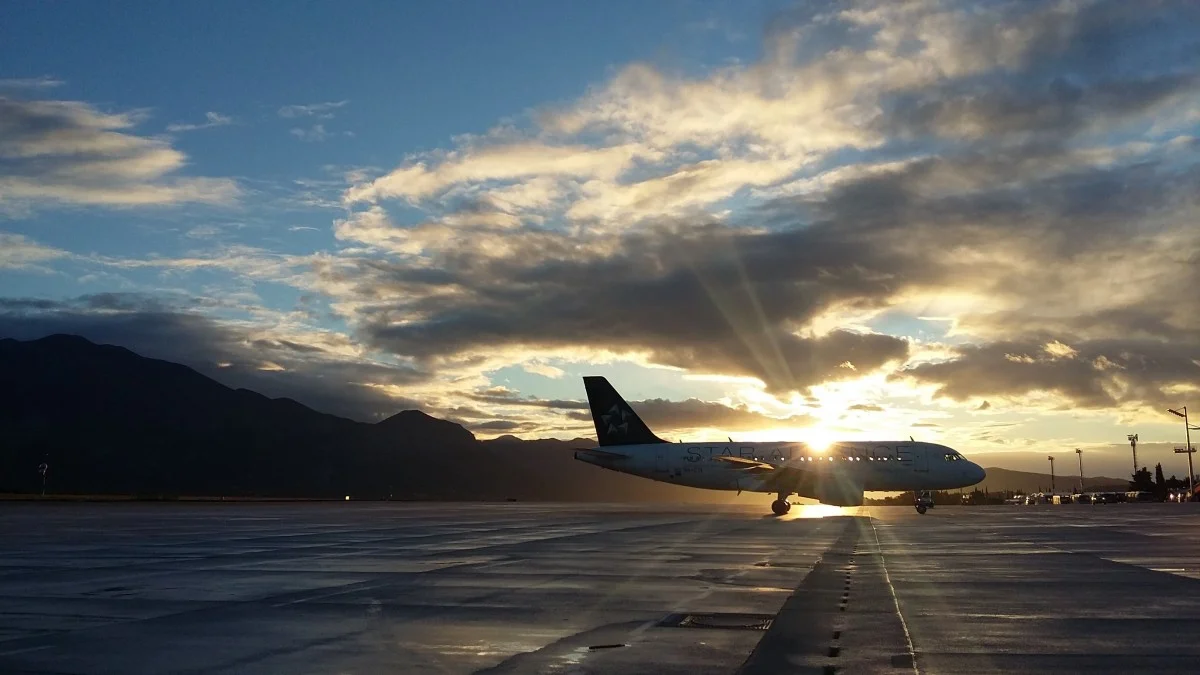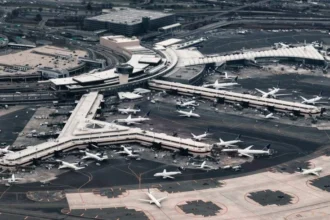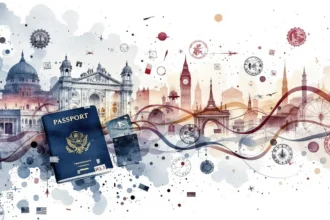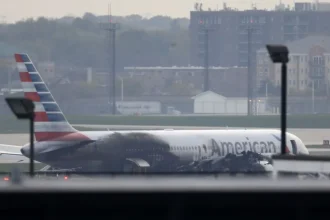Air travel can be one of the best parts of a journey when everything works smoothly. Unfortunately, not all airlines manage to meet passenger expectations.
From delayed flights to poor customer service and uncomfortable cabins, the experience can vary a lot depending on which airline you choose.
Independent reviews, passenger ratings, and performance statistics show that some airlines consistently fall short.
This article looks at the ten airlines that currently hold the lowest reputation in 2025 based on punctuality, in‑flight comfort, customer satisfaction, safety perception, and value for money.
While every airline has good flights and bad flights, these carriers have gained a reputation that makes frequent flyers cautious.
How These Rankings Are Judged
Several factors contribute to these rankings. Flight delays and cancellations are often the starting point. Regular customer surveys look at service quality, comfort of seats, food, cleanliness of cabins, and how well airlines handle complaints.
Safety track records, transparency of policies, and how easily passengers can get refunds or assistance also matter.
Ratings from sites such as Skytrax, AirlineRatings and passenger review platforms are combined to understand overall performance. The list reflects consistent global trends rather than one-off incidents.
1. Spirit Airlines
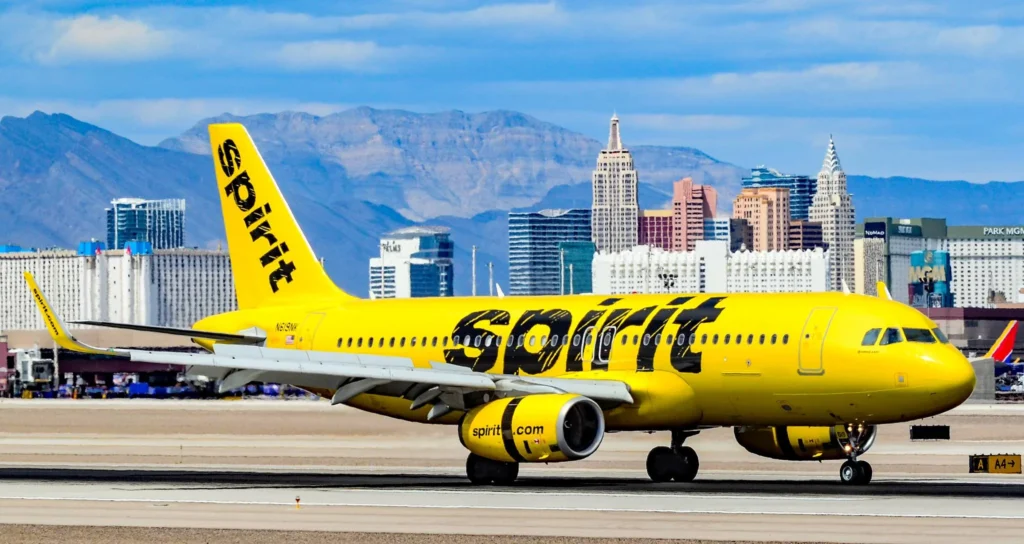
Spirit Airlines from the United States often appears near the bottom of passenger satisfaction studies. It uses an ultra low cost model that strips away almost all extras.
Tickets can be cheap, but nearly every addition such as carry-on baggage, seat selection, and even water comes at an additional fee.
Passengers often report cramped seating, limited legroom, and a lack of entertainment options.
Flight delays and long wait times at customer service counters add to frustration. Spirit has tried to make improvements, but in 2025 it still faces criticism for value versus experience.
2. Air India
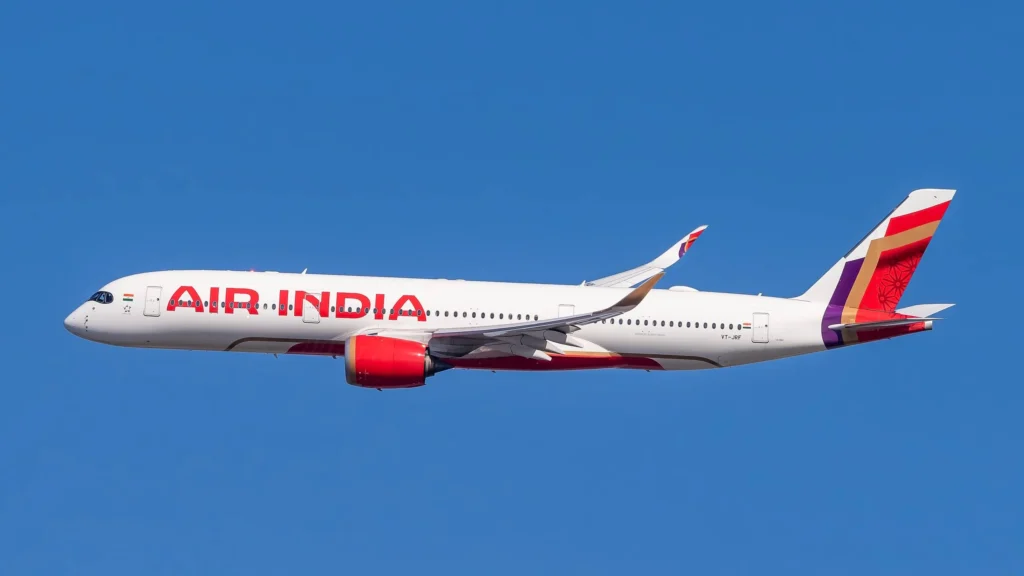
India’s national carrier has a long history, but in recent years passengers have complained about aging aircraft, inconsistent service quality, and delays.
While Air India is in the process of updating its fleet and improving service after its takeover by Tata Group, the effects are still uneven.
Reviews often mention cabin interiors that need renovation and a lack of consistency in on‑board catering.
The airline also struggles with punctuality on some domestic and international routes.
3. RyanAir
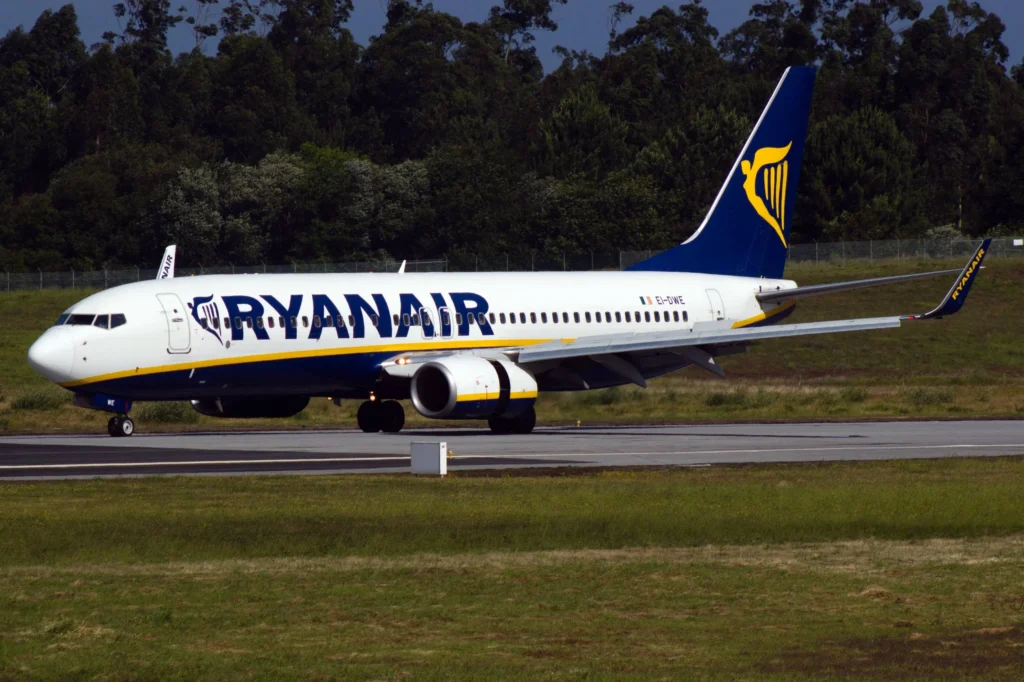
RyanAir dominates the European budget market, but its approach to keeping costs low is not always popular.
The airline is known for strict baggage policies, extra charges for even basic services, and customer service that many passengers describe as unhelpful.
The flying experience can be efficient for those who know how to work within the rules, but the lack of flexibility and frequent changes in flight schedules have put RyanAir on several lists of the least liked airlines.
4. VivaAerobus
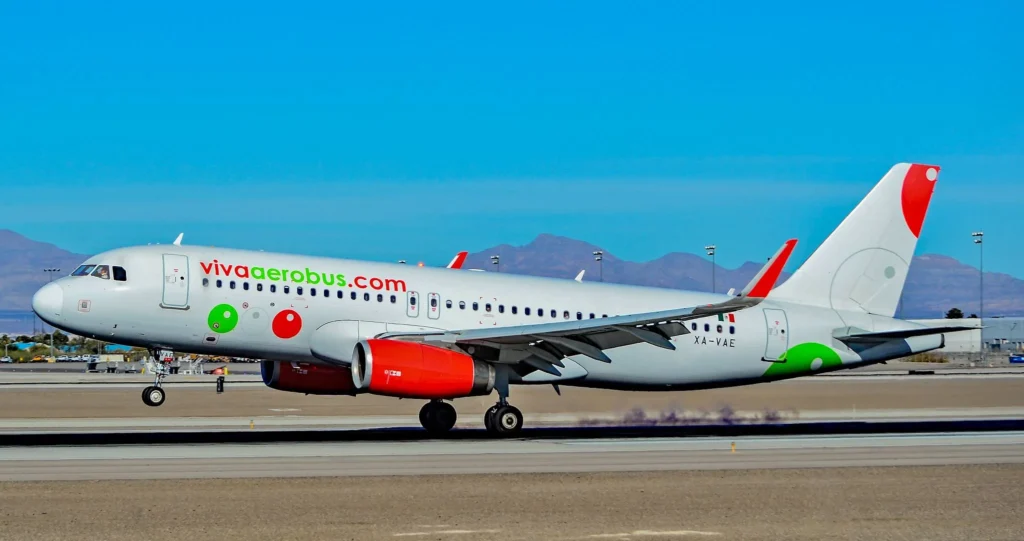
VivaAerobus is a Mexican low cost airline that has gained popularity for cheap fares within Mexico and to the United States.
However, passenger complaints are frequent. Overbooking issues, sudden cancellations, and poor communication leave travelers frustrated.
The interiors of the aircraft are basic and designed to maximize seats rather than comfort. For short flights this can be tolerable, but long flights can feel exhausting. Food and beverage service is very limited.
5. Nepal Airlines
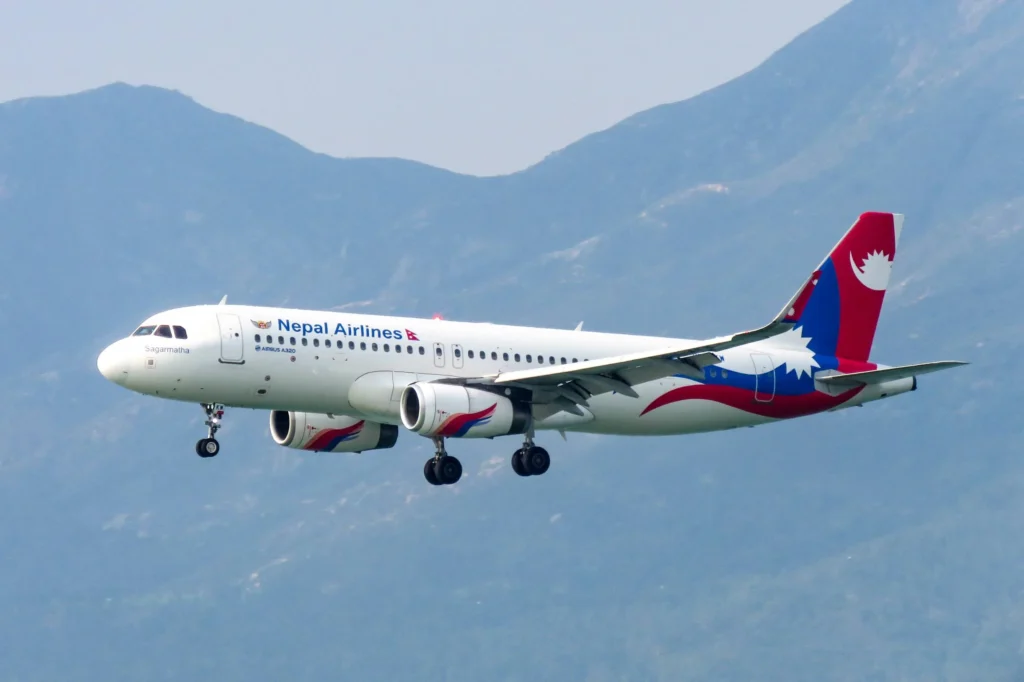
Nepal Airlines operates in challenging mountainous conditions, but its reputation has suffered because of outdated aircraft and inconsistent schedules.
Many travelers have reported sudden changes and lack of information when flights are delayed or canceled due to weather.
While safety has improved over the years, the airline’s ranking remains low because of poor punctuality and the limited quality of its in‑flight services.
6. Pegasus Airlines
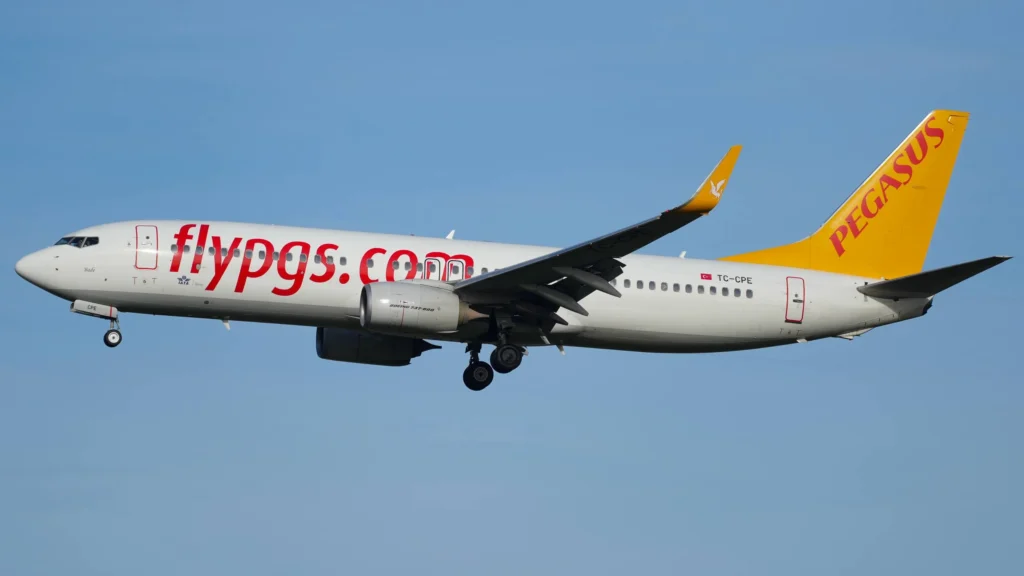
Pegasus Airlines from Turkey is another budget carrier that has expanded quickly in recent years. Low ticket prices attract passengers, but service levels have not kept pace.
Travelers regularly report cramped seating, long queues at boarding gates, and delays in baggage handling.
For passengers who prioritize low cost, Pegasus serves a purpose. However, for comfort and reliability, it has a mixed record, placing it in this year’s worst airline rankings.
7. Allegiant Air
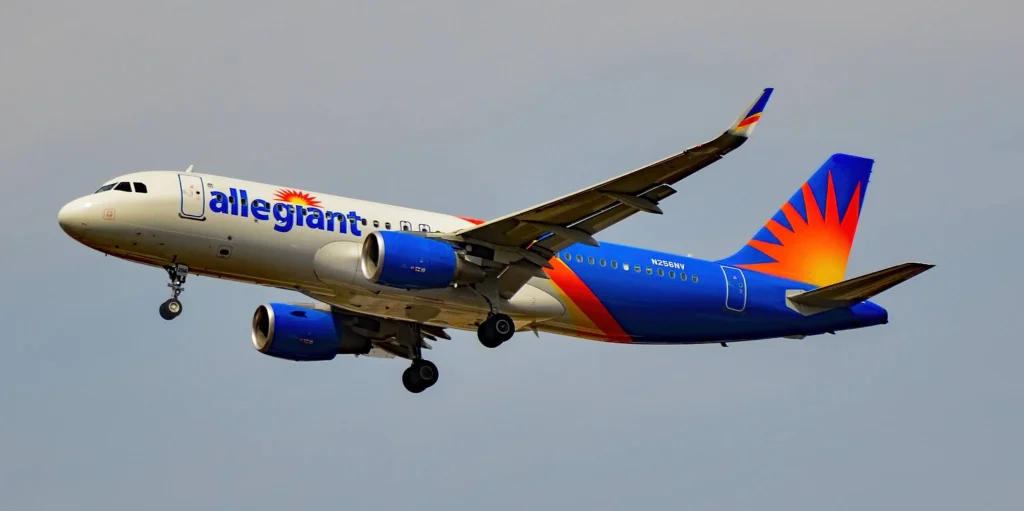
Allegiant Air focuses mainly on connecting smaller US cities with leisure destinations. Its fares are attractive, but the airline has a reputation for frequent delays and a limited number of weekly flights on certain routes.
This means that when flights are canceled, passengers often wait days for the next available option.
Allegiant also uses older aircraft, which contributes to a less comfortable travel experience.
8. TAAG Angola Airlines
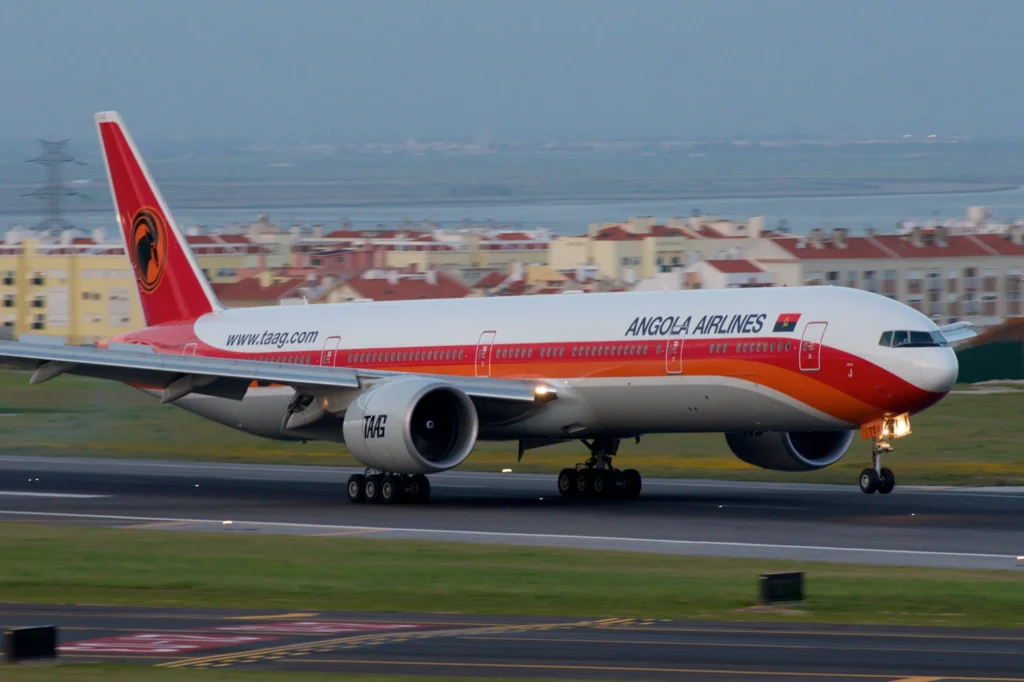
TAAG Angola Airlines has struggled with financial stability and operational efficiency. Passengers often complain about outdated cabins, limited in-flight entertainment, and delays that sometimes last several hours.
While TAAG provides an important link for travel within Africa, it has not managed to modernize fast enough to compete with more reliable carriers from the region.
The inconsistency of service and communication is a major issue.
9. Swoop Airlines
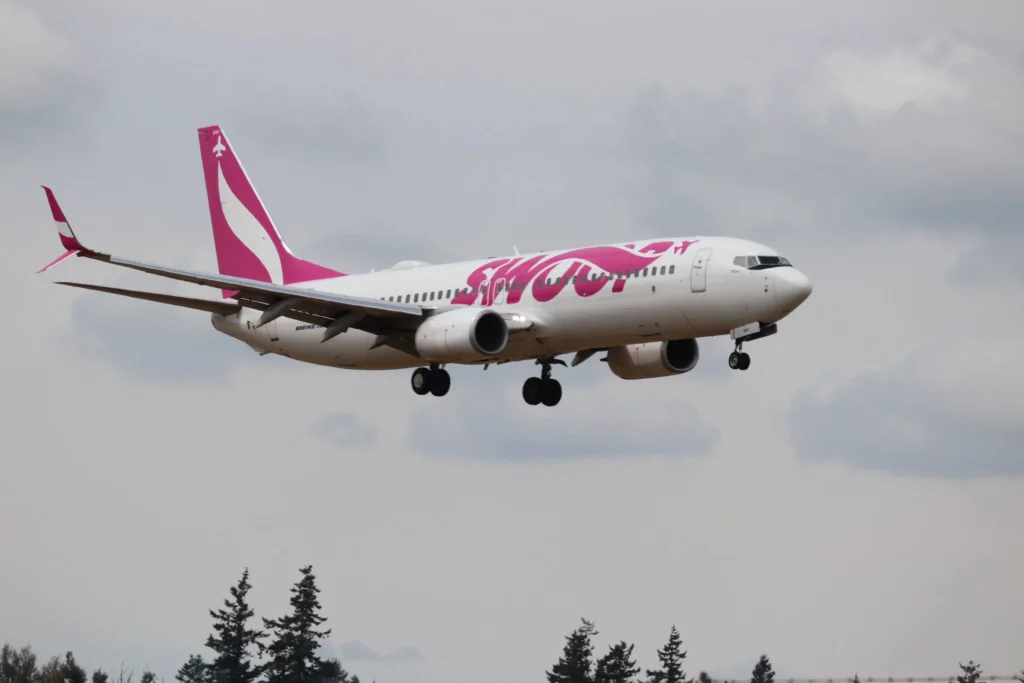
Swoop, a Canadian low cost airline, was created as a no‑frills carrier. Similar to other budget airlines, passengers are charged for almost everything, including seat assignments and even printing a boarding pass at the airport.
Although Swoop is relatively new compared to some airlines on this list, passenger complaints about cramped cabins, lack of Wi‑Fi or entertainment, and poor customer service have quickly made it one of the least liked.
10. AirAsia
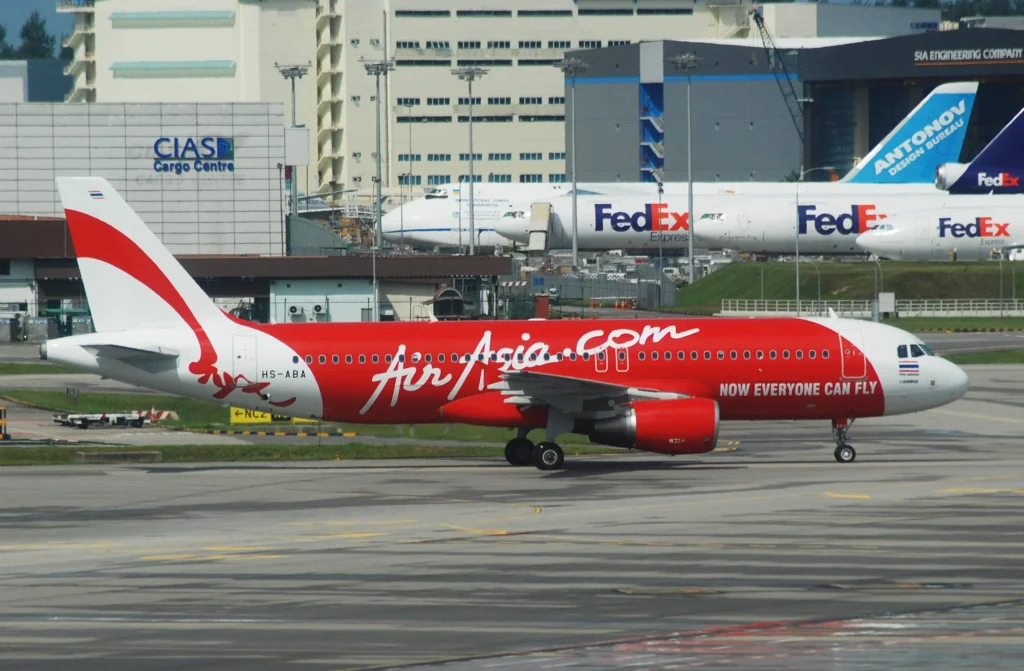
AirAsia was once considered a model for low cost carriers in Asia, but recent passenger experiences have shown a decline.
The airline has faced overcrowded flights, strict baggage policies, and irregular handling of flight delays.
While AirAsia still offers very affordable fares, travelers often feel that customer support is slow and refund processes are complicated.
The on‑time performance has also slipped in several regions, which affects its reputation.
Why These Airlines Struggle
Many of these carriers operate on ultra low cost models. The focus is on selling tickets at the cheapest possible price and then adding fees for every service.
While this works for price conscious travelers, it often results in a stripped‑down experience. Older aircraft, limited seat pitch, and minimal staff training also play a role.
On the other hand, some national airlines that made this list are not low cost but face issues such as outdated fleets, inefficient management, and a slow pace of modernization.
What This Means for Passengers
For travelers, these rankings are not just a warning sign. They are a reminder to plan carefully before choosing an airline.
A cheap fare can be tempting, but the total cost including fees, the risk of cancellations, and the time wasted dealing with customer service can turn a bargain into an expensive headache.
Passengers flying on these airlines should consider booking travel insurance and keeping extra time in their schedule in case of delays.
Choosing direct flights where possible, traveling with carry-on luggage, and understanding the airline’s policies before buying a ticket can help reduce stress.
The Importance of Reading Reviews
Before booking a flight, reading recent reviews can be just as important as comparing prices.
Some of the airlines on this list have good routes or specific flights that perform better than others. Understanding current conditions helps travelers make informed decisions.
Frequent flyer forums, independent travel blogs, and ratings published by organizations like Skytrax can offer valuable insights.
Looking Ahead
Airline rankings change over time. Companies can turn things around through better fleet management, improved training, and customer-focused policies.
Several airlines that once had terrible reputations have managed to improve their position in recent years.
The airlines on this list still have opportunities to improve, and passengers will be the first to notice if they do.
For now, travelers who value reliability and comfort may want to think twice before booking with these carriers.

